What are goji berries and how to grow the plant?
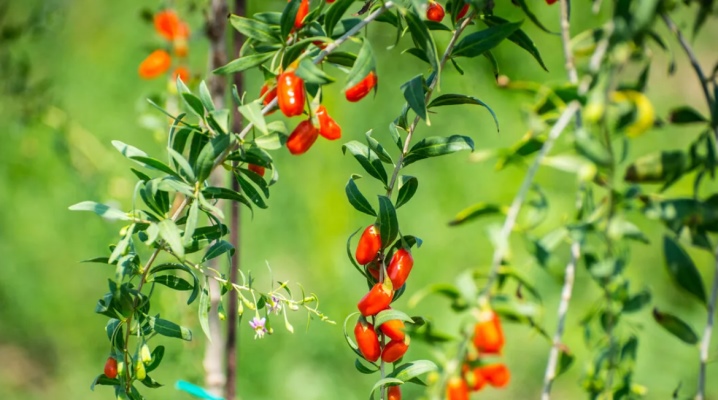
Goji berries have long been popular in China. There they are actively grown in many areas and used in cooking, as well as in folk medicine. Recently, they have become of interest to people around the world. Therefore, unusual shrubs began to be grown outside their homeland.
Description
This plant is also known as the Tibetan barberry, the common wither and the barbarian witch. It belongs to the nightshade family. The Tibetan barberry looks beautiful. The shrub grows to a height of 3-4 meters. The branches of this bush are spreading. They are covered with oval leaves attached to the shoots with short petioles.
The tree blooms throughout the summer. In early autumn, the plant is covered with large reddish berries. In their appearance, they resemble small plums. In China, goji fruits are called immortality berries.
Usually, berries are eaten in dried form. Red berries have a bittersweet taste and resemble raisins in their appearance.

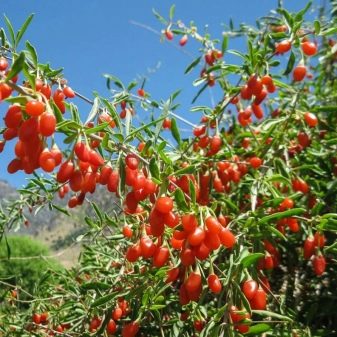
Landing
The planting time of the shrub depends on the characteristics of the local climate. So, in central Russia or Belarus, they can be planted in mid-spring. In the Urals and in other cold regions of the country, Chinese shrubs are planted at the end of the season. The main thing is that the soil has time to warm up well before planting.
Seedlings for planting should be bought in proven nurseries. Biennial specimens are best suited. The selected plant must be carefully examined.
It should be free of rot and mold. The rhizome of the plant must be healthy. If there are dried out processes on it, they will need to be cut off.
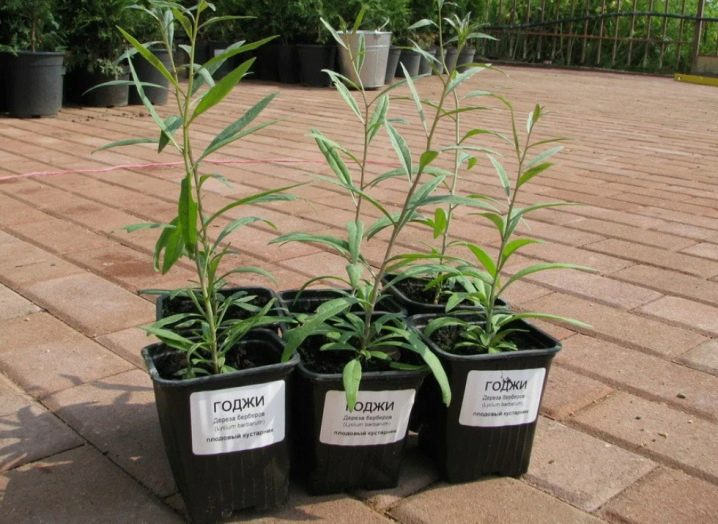
The place for planting plants must be chosen carefully. Areas with fertile and slightly acidic soil are suitable for planting. The chosen location should be well lit and protected from the winds. The shrub grows very poorly in the shade. The plant should be planted away from other trees and bushes.
Before planting, the soil on the site is well loosened. The seedling pits are located at a distance of two meters. The shrub grows rapidly. Therefore, if you plant the plants closer, they will interfere with each other.
The soil dug out of the pit is mixed with humus, clean ash and peat. Part of the soil is placed back into the hole. After that, a seedling is installed there. From above, the roots are sprinkled with the remains of the soil. The trunk circle is well watered with settled water and mulched with peat. A layer of mulch protects the plants from weeds and allows the soil to retain moisture for longer.

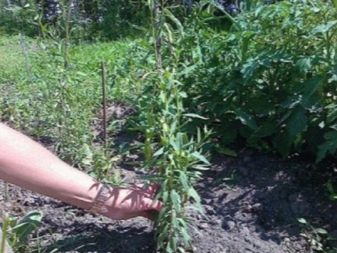
Care
Growing Tibetan barberry is within the power of even novice gardeners. After all, this plant is completely unpretentious in care.
Watering
The plant growing in the open field is watered taking into account the weather conditions. If it is hot outside in spring or summer, the bush should be watered twice a week. On rainy days, watering the plants should be abandoned. The roots of the bush should not be waterlogged. This can lead to their decay.
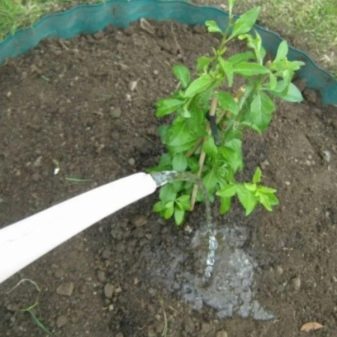

Top dressing
The Tibetan barberry growing at home does not need regular feeding. To grow a healthy and strong tree, it is enough to fertilize the soil once. This is done in the first half of summer after planting a young seedling in open ground. There is no urgent need for further feeding.
It is worth remembering that fertilizers can only be placed in moist soil. Otherwise, there is a risk of burning the roots of the plant.Top dressing is best done in the evening.

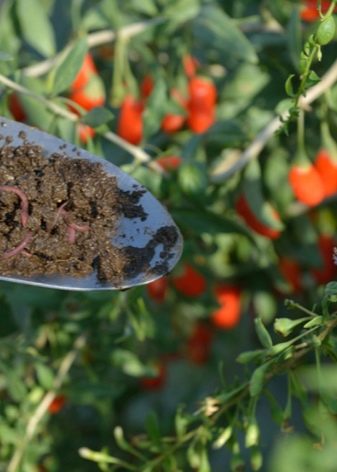
Pruning and garter
A young shrub needs regular pruning. In the first three years, the gardener needs to outline the base of the crown by choosing 4-5 skeletal branches. In the future, on an annual basis, it will be necessary to carry out formative pruning of all shoots. The plant survives this procedure easily. Timely haircut allows him to maintain decorative effect and bear fruit well.
In the summer and early fall, the plant may need sanitary pruning. It is carried out if the plant is sick or weak. This procedure helps to quickly restore strength to the tree.
It is necessary to trim the plant with sharp and well-disinfected tools. Otherwise, there is a risk of infecting the shrub with fungal diseases. The plant does not need additional processing after cutting.
The garter also plays an important role in the cultivation of the shrub. The branches of the plant should not lie on the surface of the soil. Therefore, they are tied to a support. It will be possible to remove the fasteners after the shrub grows to 180-200 centimeters.
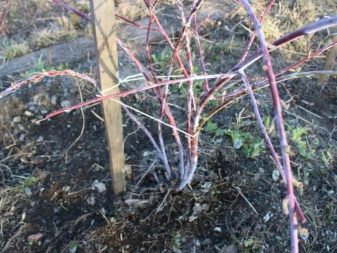
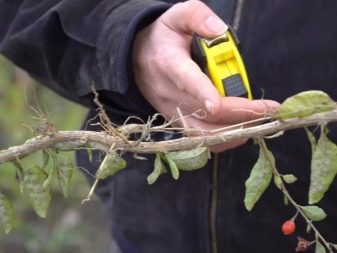
Wintering
A thermophilic plant must be properly prepared for cold weather. If the winters in the region are not too cold, the bushes can simply be covered. For this, spruce branches are usually used. After the first snow falls, it is also thrown over the roots of the plant. This shelter allows you to reliably protect the plants from the cold.
In regions with harsh and frosty winters, bushes should not be left outside. In the fall, they are dug up and transplanted into pots. In this form, plants are stored in greenhouses or basements. Bushes are planted only with the onset of heat.
Regular transplanting can negatively affect the health of the plant. Therefore, after planting in open ground, the bush is well watered with warm, settled water and mulched.
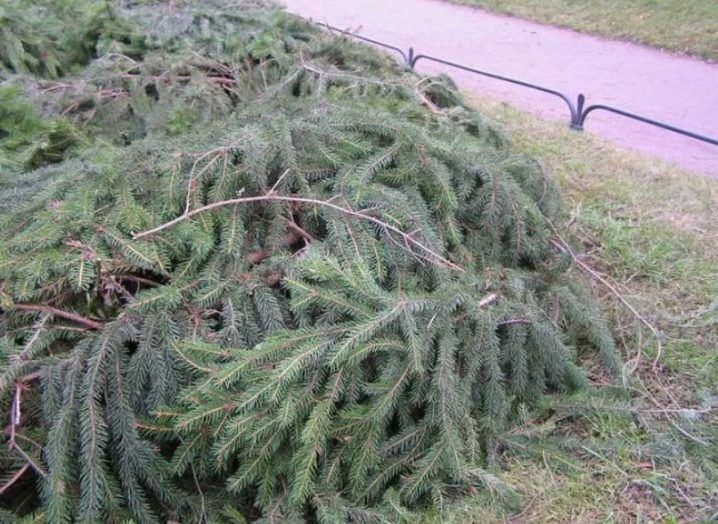
Reproduction
There are several main ways of reproduction of shrubs growing in the country.
-
Cuttings. Only mature and well-bearing trees can be propagated by cuttings. Shoots are cut from a bush in the second half of summer. Their size should be within 10 centimeters. The harvested cuttings are sent to a container with a growth stimulator. As soon as roots appear on them, they can be moved to a container with nutrient soil. The planted cuttings are covered with foil or glass jars. After 2-3 weeks, they can be moved to pots, where the young bushes will overwinter. They should be watered regularly during the cold season. The grown cuttings are planted at the same time as ordinary seedlings.
-
Use of seeds. Planting seeds should be done in mid-February. At this time, they are carefully separated from the pulp of the fruit. The planting material is soaked in a growth stimulator and left there for 2-3 hours. Immediately after this, the seeds are placed in a container with a nutrient substrate. Next, the containers are covered with a transparent film. After 12-14 days, the first weak shoots appear in the container. When several full-fledged sheets appear on each of them, the plants can be transplanted into separate containers. The seedlings can be planted in a permanent place after the onset of heat. This is usually done in the second half of spring.
Bushes grown from seeds or cuttings begin to bloom only after a couple of years. They usually bear fruit fully at 4-6 years of age.
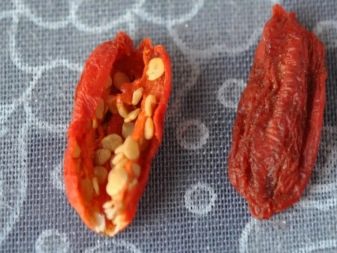

Diseases and pests
Like other plants in the garden, the goji berry shrub can also be sore. Most often it is affected by the following diseases.
-
Powdery mildew. The foliage and young shoots of diseased plants are covered with a dense whitish bloom. The shrub weakens and stops bearing fruit. At this time, looking after him is not enough. The plant must be pruned, removing all infected branches. After that, the bush must be powdered with sifted wood ash. This procedure helps to stop the progression of the disease. If this is not enough, the plants should be treated with a proven fungicide.
-
Late blight. This disease is no less dangerous than the previous one.It usually appears in the second half of summer. It develops most rapidly in conditions of high humidity. The foliage of the sick plant is covered with gray spots. Over time, they spread to the stems of the bush. Noticing the first signs of the disease, the affected parts of the bush are removed. Plants are treated with a solution of copper sulfate.
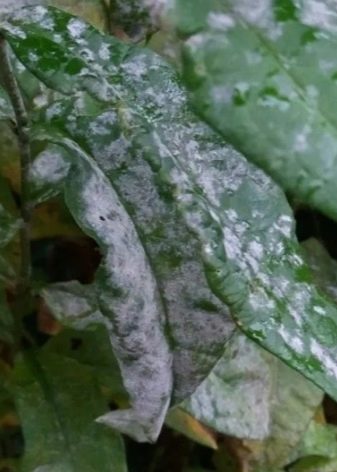
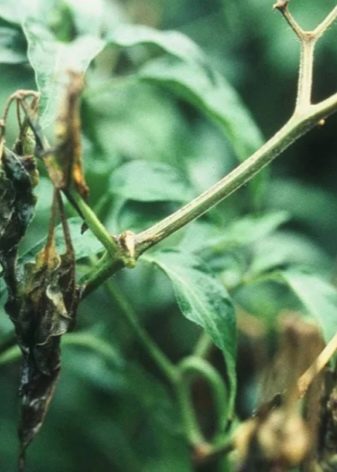
Pests also pose a danger to the common wolfberry. As a rule, the plant is attacked by caterpillars of scoops, aphids and Colorado beetles. To get rid of pests, it is enough to spray the bushes with an infusion of wormwood or nightshade. If there are not very many insects on the site, this procedure will help drive them away.
If there are too many pests on your site, it is worth using proven chemicals to control them. They are used according to the instructions and only if the goji fruits will not be eaten.
Knowing all the features of caring for a Chinese shrub, anyone can plant it on their site.
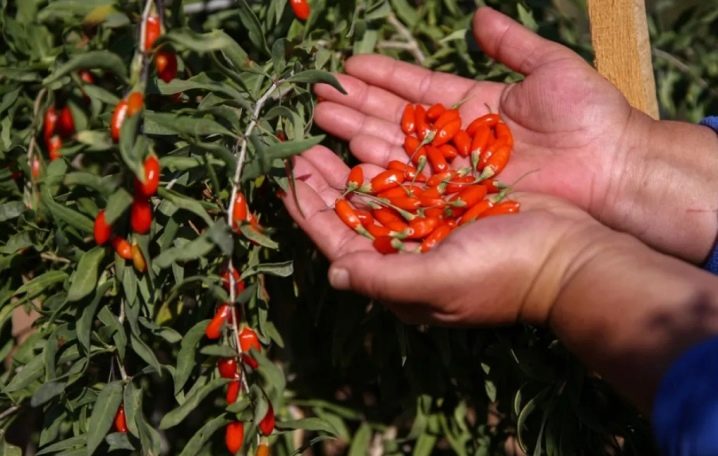













The comment was sent successfully.